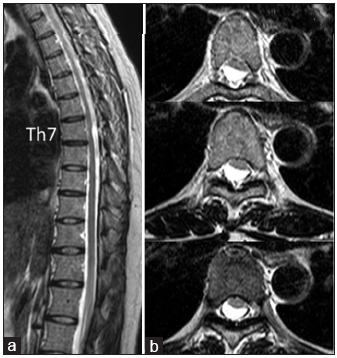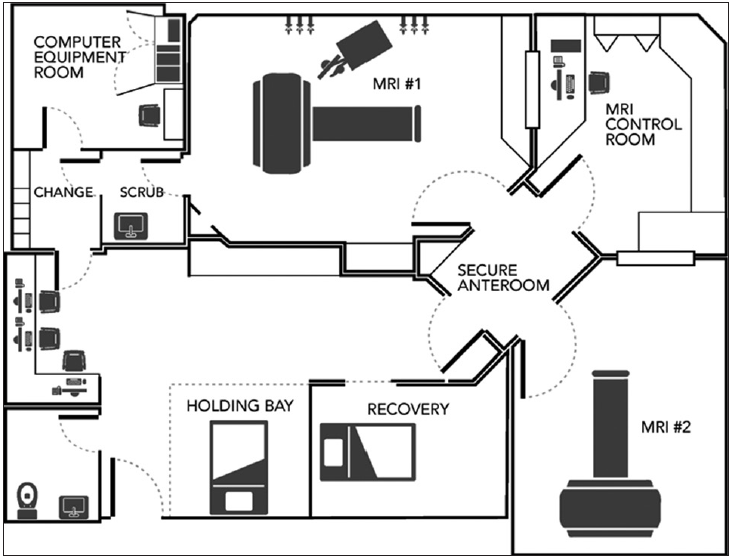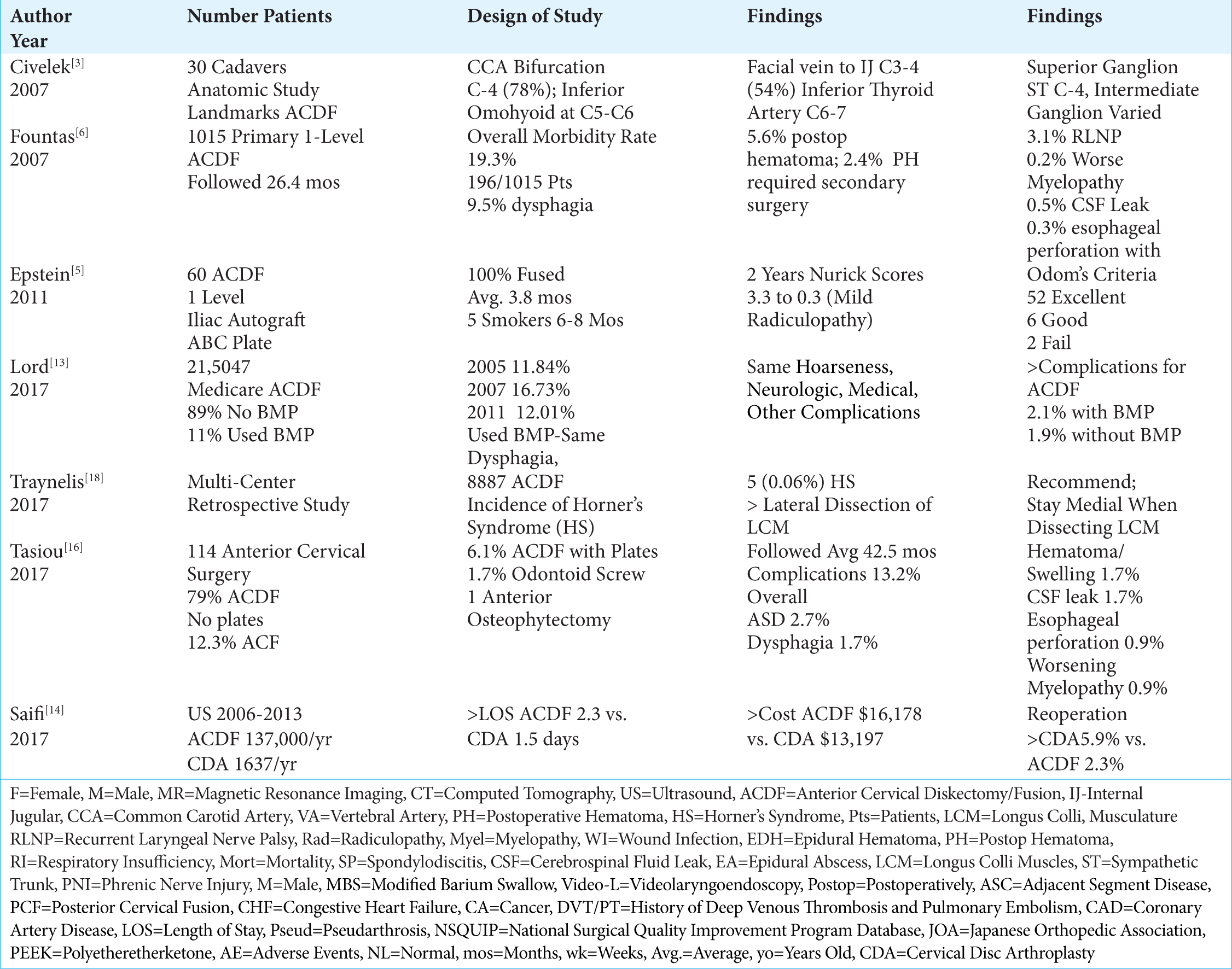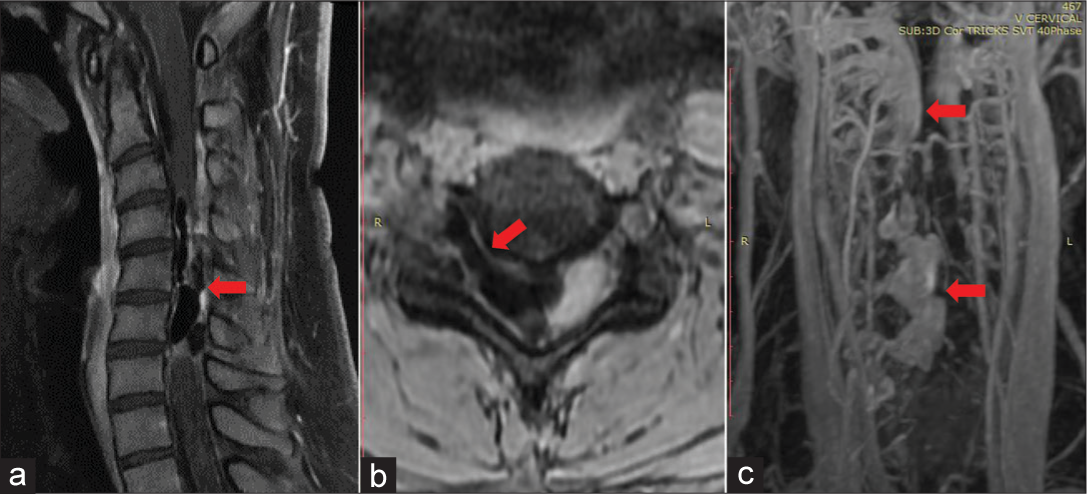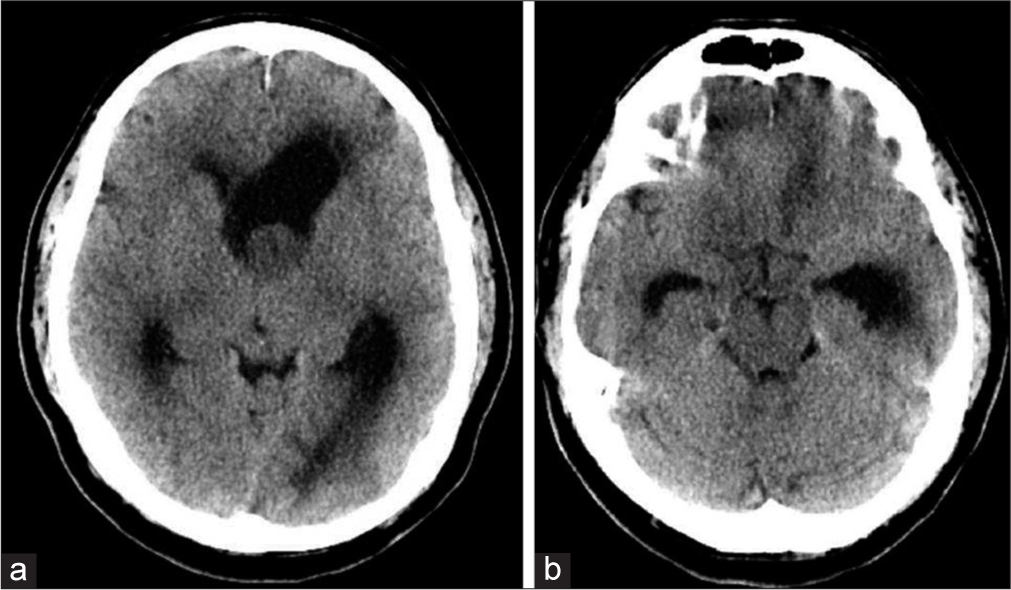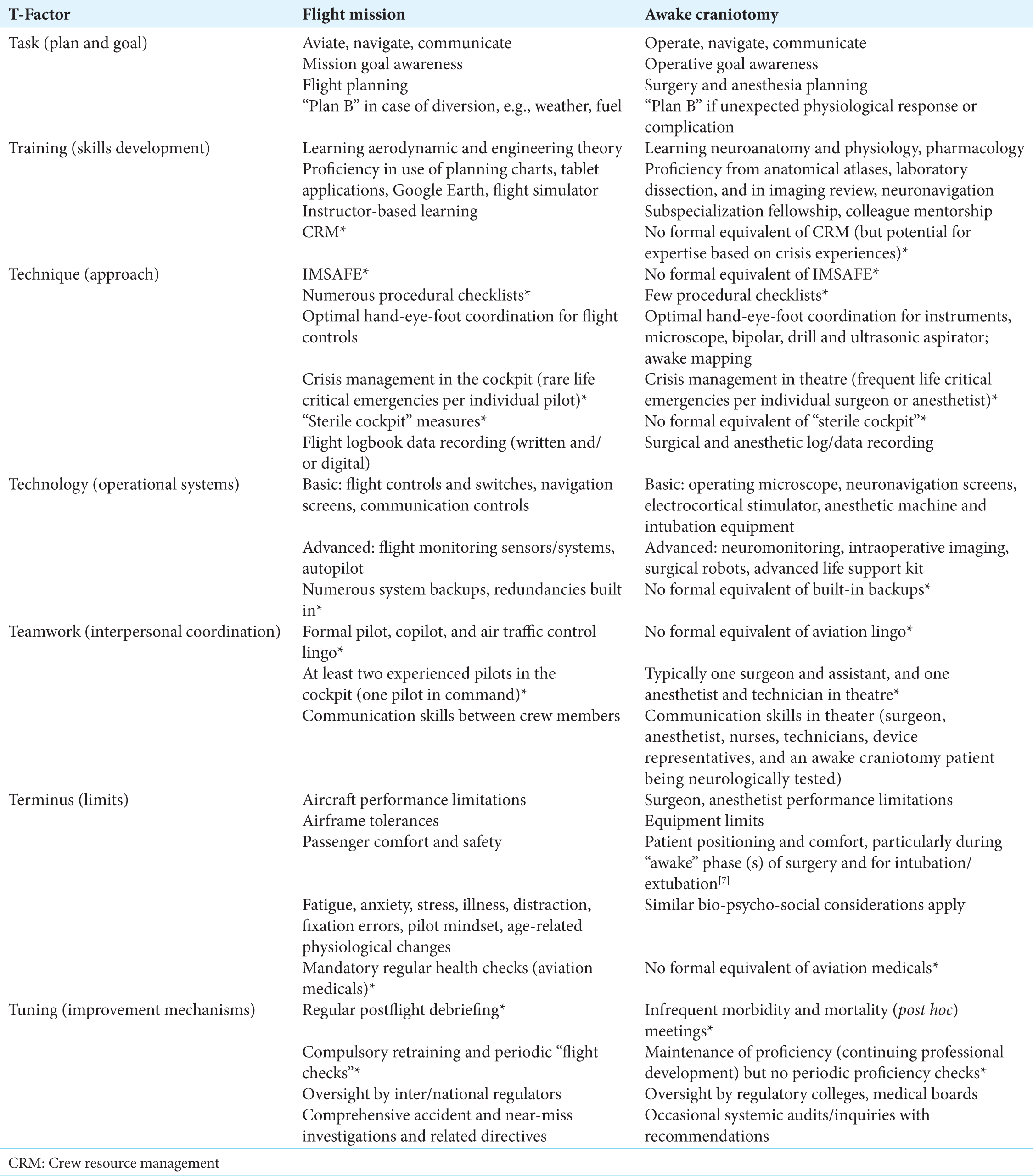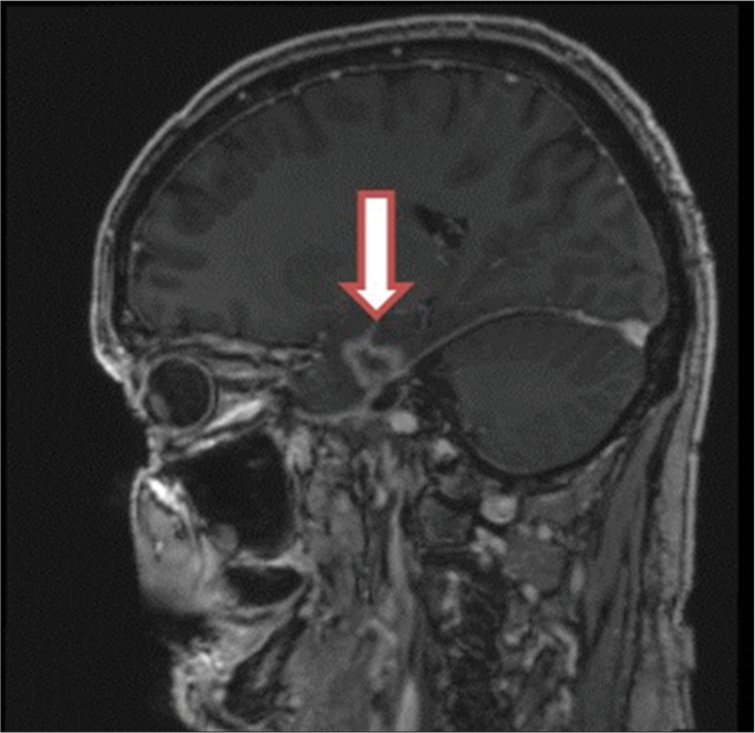Intradural spinal arachnoid cyst contributing to sudden paraparesis
Date of publication: 19-Jun-2019
Background: Spinal arachnoid cysts are cystic lesions filled with cerebrospinal fluid that contributes to neurological deficits depending on their size/location within the spinal canal. Here, we report a patient with a spinal subarachnoid cyst who suddenly developed paraparesis.
The interventional magnetic resonance imaging suite: Experience in the design, development, and implementation in a pre-existing radiology space and review of concepts
Date of publication: 19-Jun-2019
Background: Intraoperative magnetic resonance imaging (ioMRI) has led to significant advancements in neurosurgery with improved accuracy, assessment of the extent of resection, less invasive surgical alternatives, and real-time confirmation of targeting as well delivery of therapies. The costs associated with developing ioMRI units in the surgical suite have been obstacles to the expansion of their use. More recently, the development of hybrid interventional MRI (iMRI) units has become a viable alternative. The process of designing, developing, and implementing operations for these units requires the careful integration of environmental, technical, and safety elements of both surgical and MR practices. There is a paucity of published literature providing guidance for institutions looking to develop a hybrid iMRI unit, especially with a limited footprint in the radiology department.
A Review of Complication Rates for Anterior Cervical Diskectomy and Fusion (ACDF)
Date of publication: 07-Jun-2019
Background:There are multiple complications reported for anterior cervical diskectomy and fusion (ACDF), one of the most common cervical spine operations performed in the US (e.g. estimated at 137,000 ACDF/year).
A case involving a giant aberrant craniocervical arteriovenous malformation
Date of publication: 07-Jun-2019
Background:Spinal cord arteriovenous malformations (AVMs) comprise about 3%–4% of primary intraspinal masses and are only rarely found external to the C2–C7 cervical vertebral foramen.
Endoscopic resection of the third ventricular epidermoid cysts: A case review and review of literature
Date of publication: 07-Jun-2019
Background:Epidermoid cysts are benign, congenital lesions that originate from ectodermal cells, they are most commonly found in the cerebellopontine angle, but rarely in the ventricular system. There is limited literature regarding the different microsurgical techniques utilized to approach these lesions.
A noninvasive method for the estimation of increased intracranial pressure in patients with severe traumatic brain injury using optic nerve sheath diameter measured on computed tomography head
Date of publication: 07-Jun-2019
Background:Measurement of optic nerve sheath diameter (ONSD) using ocular ultrasonography has shown a promise in predicting increased intracranial pressure (ICP). However, this method is dependent on operator technique and equipment availability. We propose an alternative method of measuring ONSD and Marshall score grading by utilizing initial computed tomography (CT) head obtained on admission. We believe that such a technique could help predict patients requiring an invasive ICP monitor on admission.
Minimizing cortical disturbance to access ventricular subependymoma – A novel approach utilizing spinal minimally invasive tubular retractor system
Date of publication: 07-Jun-2019
Background:Subependymomas are rare benign tumors found primarily in the lateral and fourth ventricles. Patients become symptomatic when the tumor obstructs cerebrospinal fluid pathways. We present a novel minimally invasive technique for lateral ventricular subependymoma resection.
Spinal cord compression by multiple cysticercosis
Date of publication: 07-Jun-2019
Background:Neurocysticercosis (NCC) is the most common parasitic infection involving the central nervous system in endemic areas. Notably, spinal involvement occurs in only 0.7%–3% of patients.
Awake craniotomy versus piloting an aircraft: What medicine and aviation can learn from one another?
Date of publication: 07-Jun-2019
Skull base chordoma treated with proton therapy: A systematic review
Date of publication: 07-Jun-2019
Background:Chordoma located in the skull base is usually a challenging surgical condition. It is often not possible to achieve gross total resection. Residual tumors have been treated with adjuvant focal radiation therapy employing high-energy particles most commonly through proton beam. In this review, we systematically analyzed indications and outcomes of this treatment with respect to local control rates of the lesion and factors determining recurrence of skull base chordomas. In addition, we collected data on treatment-associated radiation-induced side effects.


